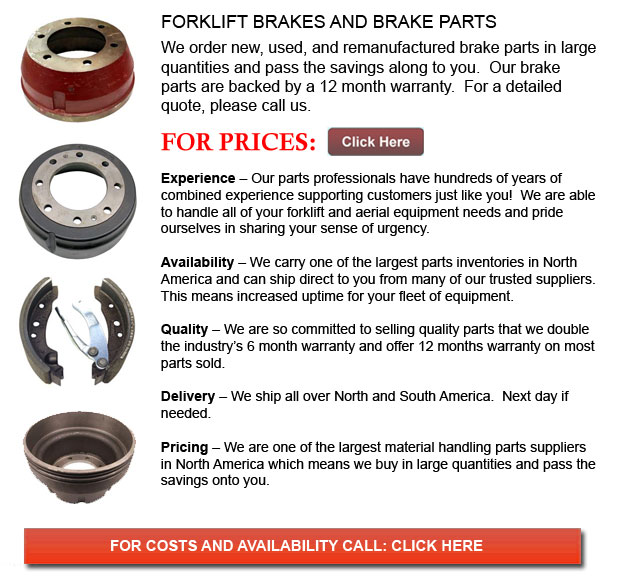
Brake for Forklift - A brake drum is wherein the friction is provided by the brake shoes or brake pads. The shoes or pads press up against the rotating brake drum. There are some various brake drums types along with particular specific differences. A "break drum" will generally refer to if either shoes or pads press onto the interior surface of the drum. A "clasp brake" is the term used to describe when shoes press against the exterior of the drum. One more type of brake, called a "band brake" uses a flexible band or belt to wrap around the outside of the drum. Whenever the drum is pinched in between two shoes, it could be called a "pinch brake drum." Like a standard disc brake, these types of brakes are quite rare.
Prior to 1955, early brake drums needed consistent modification periodically to be able to compensate for drum and shoe wear. Long brake pedal or "Low pedal" travel is the hazardous outcome if modifications are not executed sufficiently. The motor vehicle could become dangerous and the brakes can become ineffective when low pedal is mixed with brake fade.
There are quite a few different Self-Adjusting systems for braking available nowadays. They could be classed into two separate categories, the RAD and RAI. RAI systems are built in systems that help the apparatus recover from overheating. The most popular RAI makers are Bosch, AP, Bendix and Lucas. The most famous RAD systems comprise Volkswagen, VAG, AP, Bendix and Ford recovery systems.
The self adjusting brake will usually just engage whenever the vehicle is reversing into a stop. This method of stopping is suitable for use whereby all wheels use brake drums. Disc brakes are utilized on the front wheels of motor vehicles nowadays. By working only in reverse it is less likely that the brakes would be adjusted while hot and the brake drums are expanded. If adapted while hot, "dragging brakes" can occur, which raises fuel intake and accelerates wear. A ratchet mechanism which becomes engaged as the hand brake is set is one more way the self repositioning brakes can operate. This means is just suitable in functions where rear brake drums are used. When the emergency or parking brake actuator lever goes beyond a specific amount of travel, the ratchet advances an adjuster screw and the brake shoes move toward the drum.
There is a manual adjustment knob situated at the bottom of the drum. It is usually adjusted via a hole on the opposite side of the wheel and this involves getting beneath the vehicle utilizing a flathead screwdriver. It is of utmost significance to be able to move the click wheel correctly and adjust each wheel evenly. If uneven adjustment takes place, the vehicle could pull to one side during heavy braking. The most effective method in order to make certain this tedious task is done safely is to either raise each and every wheel off the ground and spin it manually while measuring how much force it takes and feeling if the shoes are dragging, or give each one the same amount of clicks using the hand and then do a road test.
![]() Click to Download the pdf
Click to Download the pdf
Forklift Parts

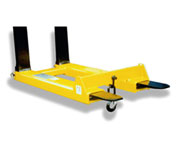
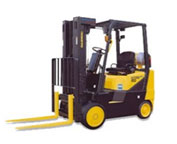
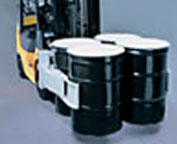
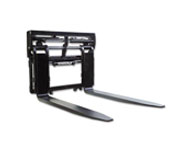
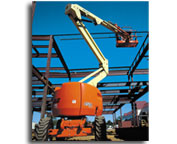
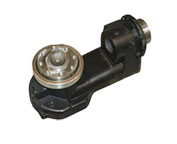
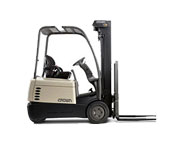
Lift Parts Express
TOLL FREE: 1-888-695-7994
forkliftpartsnebraska.com
Email Us
About Us


